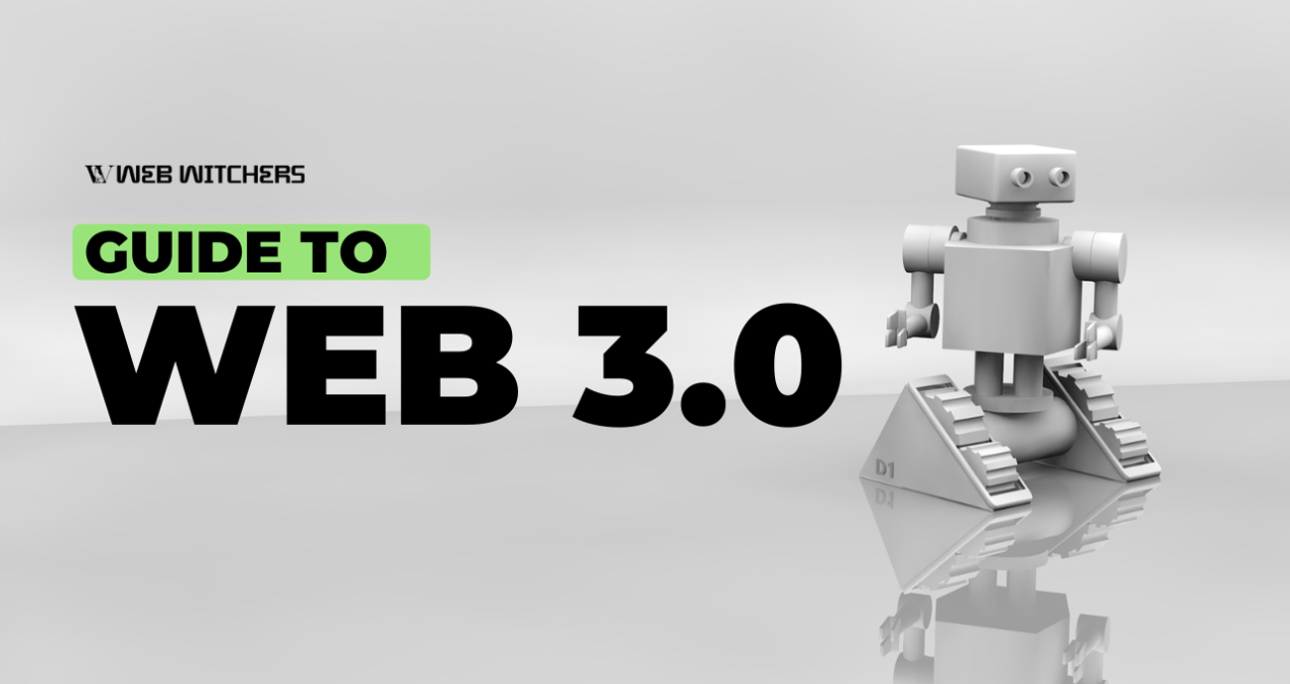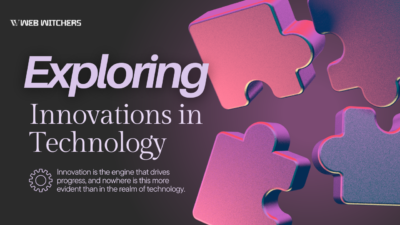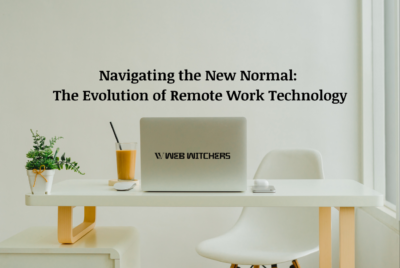In the digital age, the internet has undergone several transformations, each marking a new era of connectivity, interaction, and innovation. Enter Web3, a paradigm shift that promises to redefine how we perceive and interact with the online world. In this blog post, we’ll delve into the concept of Web3, exploring its principles, potential applications, and the transformative impact it could have on various industries.
What is Web3?
Web3 represents the next evolution of the internet, characterized by decentralization, user ownership, and interoperability. Unlike its predecessor, Web2, which is dominated by centralized platforms and intermediaries, Web3 aims to empower individuals, foster trust, and create a more equitable digital ecosystem.
Key Principles of Web3
- Decentralization: Web3 leverages blockchain technology to create decentralized networks, removing the need for central authorities and enabling peer-to-peer interactions.
- User Ownership: In Web3, users have greater control over their data, digital assets, and online identities, fostering a sense of ownership and autonomy.
- Interoperability: Web3 promotes interoperability between different blockchain networks and applications, allowing seamless integration and collaboration across the decentralized web.
Applications of Web3
Decentralized Finance (DeFi)
One of the most prominent applications of Web3 is in the realm of decentralized finance (DeFi). Platforms built on blockchain technology offer alternative financial services, including lending, borrowing, and trading, without the need for traditional banking intermediaries.
Non-Fungible Tokens (NFTs)
NFTs have captured global attention, offering a unique way to represent ownership and authenticity for digital assets on blockchain platforms, such as art, collectables, and virtual real estate.
Decentralized Autonomous Organizations (DAOs)
DAOs are organizations governed by smart contracts, allowing members to participate in decision-making processes, contribute to projects, and share in the organization’s success, all within a decentralized framework.
Web3 Browsers and Platforms
Emerging Web3 browsers and platforms aim to provide users with decentralized alternatives to traditional web browsers, facilitating access to decentralized applications (dApps) and blockchain networks.
Challenges and Considerations
While Web3 holds immense promise, it also presents challenges related to scalability, usability, and regulatory compliance. As the ecosystem continues to evolve, addressing these issues will be crucial for realizing the full potential of Web3 and ensuring its widespread adoption.
Conclusion: Embracing the Future of Web3
Web3 represents a paradigm shift towards a more open, inclusive, and decentralized internet, offering new opportunities for innovation, collaboration, and empowerment. Whether revolutionizing finance, reimagining digital ownership, or fostering community-driven initiatives, Web3 is poised to reshape the digital landscape in profound ways.
As we navigate the complexities and possibilities of this emerging paradigm, staying informed, engaged, and adaptable will be key to harnessing the transformative power of Web3 and shaping the future of the decentralized web. Join the conversation and explore the exciting possibilities that Web3 has to offer!




